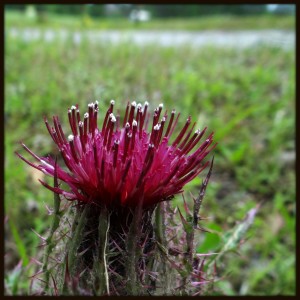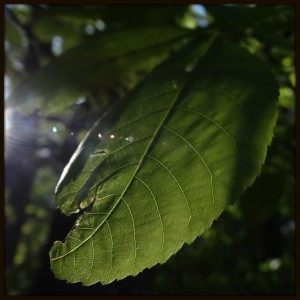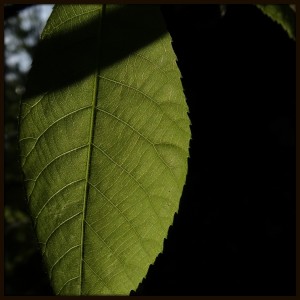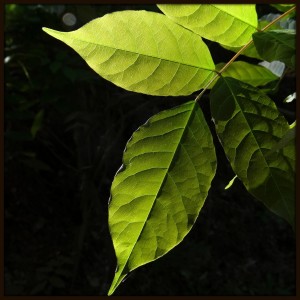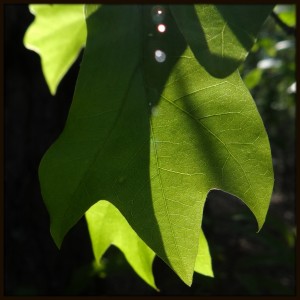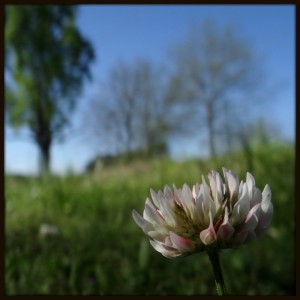I was feeling bereft today, walking down Piney Woods Church Road, still digesting the sad and unexpected news that my favorite local hangout, a charming old-time general store, will be closing next month. For most of my walk, wherever I glanced, the magic seemed drained from the landscape. The wisteria blooms had withered, and all the giant red thistles, just beginning to blossom, had been uprooted by a landowner (understandably — it is a pernicious weed) along the roadside. Some of my favorite haunts to look for wildflowers had been mowed in the last day or two. I wondered if I would find anything inviting. That is when I saw the blooming heal-all (Prunella vulgaris), a common introduced lawn weed throughout North America. The late-day sun, low on the horizon, offered intriguing photographic possibilities. The result, after a few minutes of exploration, is this sunlight striking a heal-all flower. There is a radiance in this image that gives me cause for hope, at such a dark time. There is solace to be found in nature, if we pause long enough to let it find us.
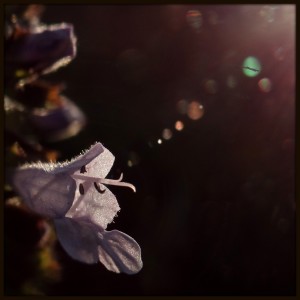
Addendum, May 22, 2014: Here is another photograph of the self-heal from the same day’s images. I like it so much that I recently had it printed and mounted on bamboo by Plywerk, Inc. of Portland, Oregon.

